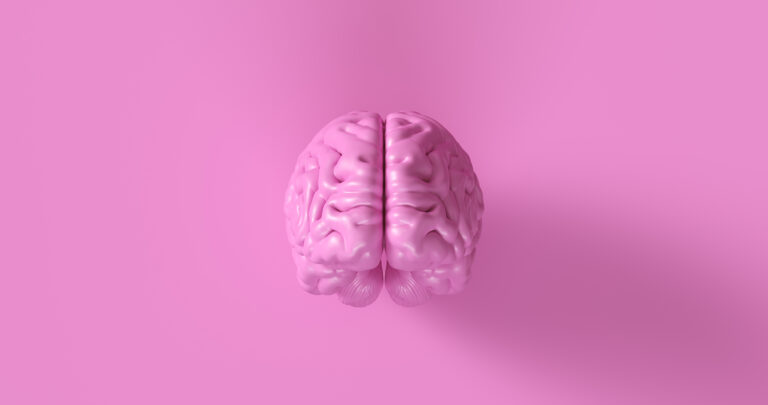White matter disease, also known as leukoaraiosis or white matter hyperintensities, is a condition that affects the white matter in the brain. It is a common finding on brain scans of individuals over the age of 30, with prevalence increasing with age. In fact, it is estimated that by the age of 65, nearly all individuals will have some degree of white matter disease.
But what exactly is white matter and why does it become diseased? Let’s dive into the details and understand this condition better.
What is white matter?
The human brain is a complex organ made up of billions of nerve cells called neurons. These neurons are responsible for sending and receiving signals that control our thoughts, movements, and bodily functions. They are connected through long thin fibers called axons.
White matter refers to the bundles of these axons that are coated in a fatty substance called myelin. The myelin coating helps in insulating the axons and allows for efficient transmission of signals between neurons. It is the white color of this myelin that gives white matter its name.
The role of white matter in the brain is crucial as it enables different parts of the brain to communicate and work together seamlessly. It can be thought of as the wiring system that connects various regions of the brain.
What causes white matter disease?
White matter disease occurs when the myelin coating on the axons starts to deteriorate. This can happen due to several factors such as aging, high blood pressure, diabetes, or smoking. Other risk factors may include a history of stroke, heart disease, or high cholesterol.
As we age, our blood vessels lose their elasticity and become narrower, which can lead to reduced blood flow to the brain. This can cause damage to the blood vessels supplying the white matter, resulting in small patches of dead tissue called infarcts.
In some cases, white matter disease may also be caused by genetic factors or underlying conditions such as multiple sclerosis or cerebral small vessel disease.
Symptoms and diagnosis
In its early stages, white matter disease may not present any noticeable symptoms. As the condition progresses, some individuals may experience symptoms such as difficulty with memory and concentration, changes in mood and behavior, and problems with movement and balance.
To diagnose white matter disease, a neurologist may perform a series of tests including brain imaging with MRI or CT scan, cognitive assessments, and evaluation of risk factors. These tests can help determine the severity of the disease and rule out other conditions that may present similar symptoms.
Treatment and management
As of now, there is no specific treatment for white matter disease. However, the underlying conditions that contribute to its development can be managed. Managing blood pressure, controlling diabetes, and quitting smoking are some lifestyle changes that can help slow down the progression of the disease.
Some studies have also shown that regular physical exercise and a healthy diet rich in fruits, vegetables, and whole grains can have a positive impact on white matter disease.
Cognitive therapy and rehabilitation programs may also be recommended for individuals experiencing cognitive and behavioral changes.
In some cases, medication may be prescribed to manage symptoms such as depression or anxiety. However, it is important to consult a doctor before taking any medication.
Conclusion
White matter disease is a common finding in individuals over 30 years of age. While it is a natural part of aging, certain risk factors can increase its prevalence and severity. Maintaining a healthy lifestyle and managing underlying conditions can help slow down the progression of this condition.
If you are experiencing symptoms that may be related to white matter disease, it is important to consult a doctor for proper diagnosis and treatment. Remember, taking care of your brain health is just as important as taking care of your physical health. So make sure to prioritize both for a happy and healthy life.





